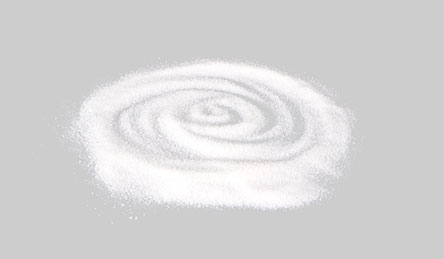
Search


Currently, there are three main methods for the production of polyethylene wax. First, polyethylene wax can be synthesized through the low-polymerization reaction of ethylene monomers, such as polyethylene wax synthesized by free radical low-polymerization. Second, polyethylene wax can be prepared by degradation of high polymers. Third, polyethylene wax can be obtained as a byproduct in the synthesis process of polyethylene, such as polyethylene wax separated from the byproduct of high-pressure polyethylene synthesis.
There are three main methods for the production of polyethylene wax through ethylene polymerization. First, it can be polymerized under high temperature and high pressure using free radical catalysts. Second, it can be polymerized under low pressure using Ziegler-Natta catalysts. Third, it can be polymerized using metallocene catalysts.
Polyethylene wax produced by polymerization has narrow molecular weight distribution, and the relative molecular weight can be artificially controlled, but it must be carried out on large-scale equipment with a large investment.
Domestic manufacturers in China generally use the thermal cracking method of high molecular weight polyethylene, which can be obtained from polyethylene resin or waste plastic. The former produces high-grade products, while the latter produces low-grade products.
Under the condition of isolating air, high molecular weight polyethylene can be thermally cracked into low molecular weight polyethylene wax. The properties related to structure, such as crystallinity, density, hardness, and melting point, of the prepared polyethylene wax are influenced by the cracked raw materials.
The cracking processing methods include cracking kettle method and extrusion method. The cracking kettle method is a batch processing method suitable for small-scale manufacturers with low production volume and small production capacity. The extrusion method is a continuous production method suitable for large-scale enterprises with high production volume and high production capacity.
Polyethylene wax can be prepared by using recycled polyethylene cracking liquid. This technology has abundant and inexpensive raw material sources, simple process, and low operating costs.
Byproducts obtained from the reaction of ethylene polymerization to produce polyethylene can be used to recover polyethylene wax in the mixture of low molecular weight components and solvents.
After removing solvents and initiators from the byproducts of the polyethylene plant, the molecular weight distribution of the product remains wide, which limits its application field and requires further purification through solvent separation.
The polyethylene wax products derived from these byproducts usually contain molecules with a relative molecular weight of about 1000, so their physical properties such as mechanical strength and heat resistance are lower than those of polyethylene wax produced by ethylene polymerization.
Polyethylene wax is a non-polar molecule. If polar groups can be introduced onto the molecule, the application field can be greatly expanded. These functionalized polyethylene waxes can be produced by copolymerization of ethylene with oxygen-containing monomers, or by introducing carboxyl groups through oxidation and grafting methods, and then further modified through chemical reactions such as esterification, amidation, and saponification. These functionalized polyethylene waxes can meet the requirements of different applications.
At King Honor, we take pride in delivering exceptional customer service. Our knowledgeable and friendly team is here to support you every step of the way. Stay Updated. Welcome to contact us!